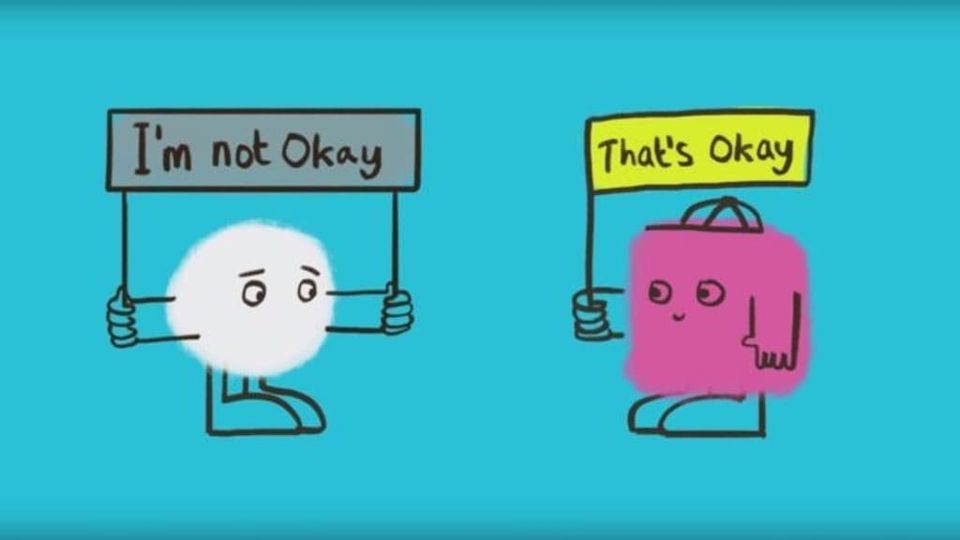Mental Health and the Police
Mental Health and the Police
A recent 2019 report studied the findings of data collected by the U.S. Department of Education regarding the number of social workers, nurses, and psychologists employed in every public school- and the number of school arrests and referrals to law enforcement. A key finding of the report is that schools are under-resourced and students are overcriminalized.
Children nationwide are experiencing record levels of depression and anxiety, alongside multiple forms of trauma. According to the Centers for Disease Control and Prevention, the suicide rate among children ages 10 to 17 increased by 70 percent between 2006 and 2016 - and approximately 72 percent of children in the United States will have experienced at least one major stressful event before the age of 18. Of equal value, students are 21 times more likely to visit school- based health centers for treatment than anywhere else. Schools that employ more school-based mental health providers see improved attendance rates, lower rates of suspension and other disciplinary incidents, expulsion, improved academic achievement and career preparation, and improved graduation rates. Schools that provide health and mental health services to children not only improve the health outcomes for those students, but also improve school safety. However, there is no evidence that police in schools improve school safety—indeed, in many cases they are causing harm. According to the report, police do what they are trained to do—detain, handcuff, and arrest. This leads to greater student alienation and a poorer school climate.
Yet the report also provided key recommendations of how to improve this situation. Below are recommendations for local jurisdictions- recommendations that I believe would significantly strengthen education opportunities throughout AACPS.
- Use Local Resources to Prioritize School-Based Mental Health Providers, such as counselors, school psychologists, social workers, and nurses.
- End Routine Policing Practices Inside Schools. Police should enter schools only to address threats to physical safety.
- Require Equity Assessments of all schools with police that evaluate their impact.
- Reinvest Resources from law enforcement to support staff.
- End the Practice of Arrests and Referrals to Law Enforcement for Common Adolescent Behaviors, including but not limited to misdemeanor offenses, such as disturbing schools and disorderly conduct.
- Limit the Adoption of Highly-Visible, Tough Security Measures. Such stringent measures are associated with a decrease in students’ feeling of safety and lower perception of the school environment.
- Ensure Accurate Data is submitted to the CRDC in 2019 and beyond.
- Ensure That School-Based Mental Providers Are Able to Focus on Mental Health Duties, i.e., that counselors are in fact counseling, rather than primarily spending their time with tasks that have nothing to do with their training (e.g., achievement test proctoring, clerical tasks, schedules, etc.).
- Provide Trauma-Informed Services and Trainings. While experiencing traumatic events does not necessarily lead to mental or behavioral health concerns, it is critical that staff are aware of the potential impacts of these events on students and how to meet their needs.
- End Punitive and Net Widening Juvenile Probation and Diversionary Programs that sweep youth into the juvenile justice system.
- Pass Local Transparency Bills such as the Student Safety Act in New York City, and ensure compliance with all aspects.
- Enact Policies That End Police Presence in Schools and Create Specific Protocols for Police Presence, including for when police should be called by school administrators. Again, there should be NO permanent or routine policing of schools. Schools should have an internal crisis plan with de-escalation techniques and protocols to follow before calling police. When police are called or seek access to a student, the school should have Memoranda of Understanding (MOUs) with law enforcement responsive to the community to ensure that schools (i) notify a parent or guardian to provide them with an opportunity to be present, and (ii) always read a student their rights.
- Mandate Training for Police on topics like adolescent development, implicit bias, communication, and de-escalation. Training should be part of law enforcement’s budgets to ensure improved services to all community members, including students. Funds should not be appropriated from student funding.
Read the full report here.



